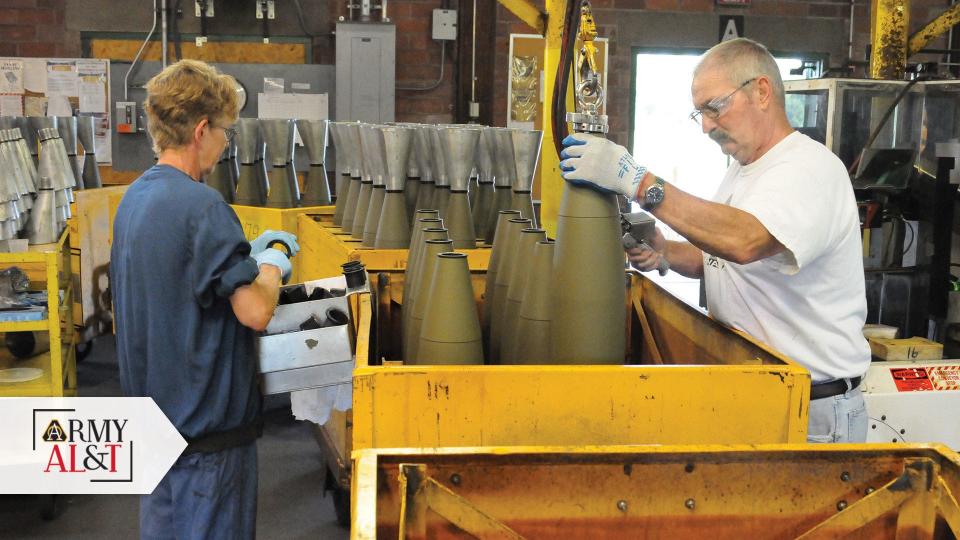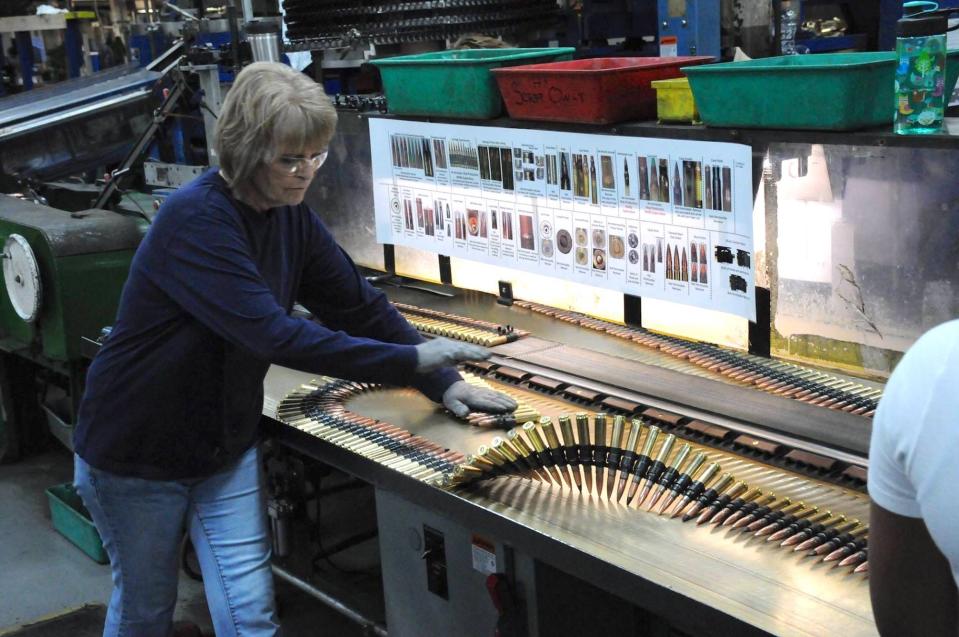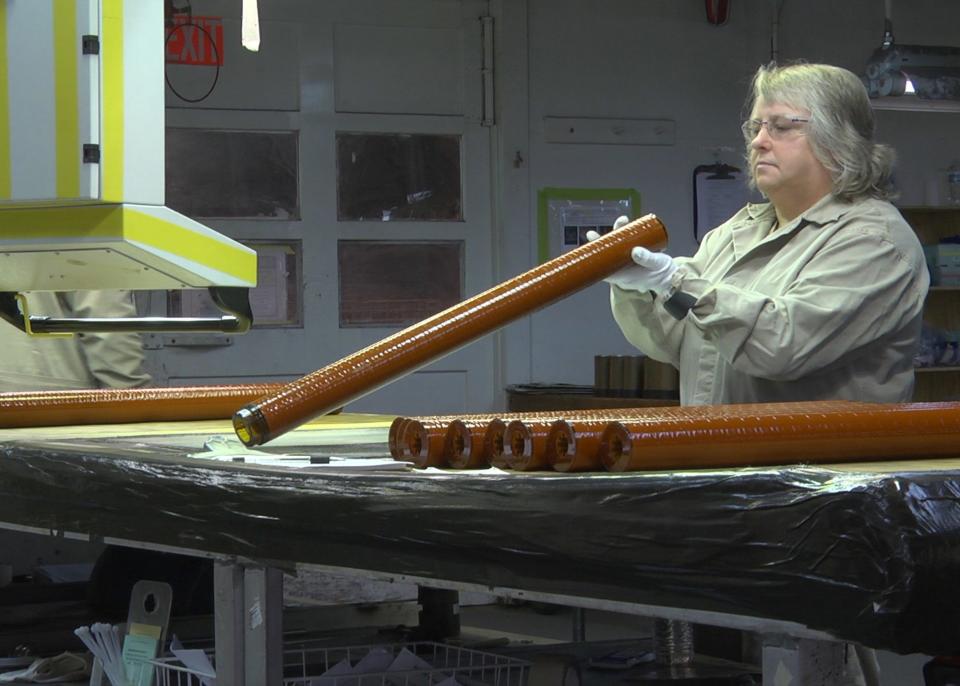The US military is scrambling to build more ammo for itself and for Ukraine, but old Army paperwork could get in the way

The US Army's process for producing ammunition faces "challenges," a government watchdog says.
Problems with disorganization and bureaucracy may hamper that production, the GAO said in a report.
The issues come to light as the Pentagon is scrambling to ramp up its production of munitions.
Disorganization and bureaucracy could hamper the US military's production of ammunition, according to a new report from a government watchdog.
This could spell trouble as US arms shipments to Ukraine have depleted American military stockpiles and sent the Pentagon scrambling to ramp up production of artillery shells and other munitions.
"The Army faces challenges in managing the procurement and production of conventional ammunition," the Government Accountability Office warned in a study published in October.
US military ammunition production — including of bullets, howitzer and mortar shells, and small rockets — is overseen by the Army.
Production is centralized at five plants in Iowa, Pennsylvania, Tennessee, Missouri, and Virginia, which are owned by the government but operated by private contractors, including General Dynamics and BAE. In 2021 — before the Ukraine war — the Army had a $2.9 billion budget to procure conventional ammunition.

However, production has been complicated by multiple factors. For example, each plant has a different contract with different requirements. The contracts require the operating contractors to pay for maintenance while the government funds any plant modernization.
Not surprisingly, Army officials told GAO that "challenges in delineating what is considered maintenance and what is considered modernization can cause confusion about which party is responsible for the costs."
Nor does the government always enjoy the bulk discount it should. Some contracts use a price matrix pegged to specific quantities.
"For example, if one round of ammunition costs 50 cents for orders between 100,000 and 200,000 units and 40 cents for orders between 200,001 and 300,000 units, an order for 200,000 rounds is not as cost efficient for the government as an order for 200,001 rounds," GAO noted.
However, an even bigger complication is blurred responsibilities for multiple agencies, including the office of the Assistant Secretary of the Army for Acquisitions and Army's Material Command, Future Command, and Joint Munitions Command.

"Army organizations responsible for ammunition procurement and production lack clarity about roles and responsibilities," the GAO said.
Ironically, while the military is often criticized for excessive paperwork, GAO auditors found that lack of clear documentation is a major impediment. Some key documents apportioning responsibilities among the various organizations have not been revised in 20 years.
Only one of the five plants has a document that clearly outlines roles and responsibilities. Attempts to clarify this have floundered because "all relevant parties have not yet been able to come to an agreement."
To be clear, it does appear that the problems are essentially administrative. "We discovered no evidence that would indicate a likely impact to the quantity or quality of the ammunition produced," John Sawyer, GAO's acting director for contracting and national security acquisitions, told Insider.
Nonetheless, administrative snafus have real consequences. For example, poor coordination between two agencies "resulted in the Army purchasing a $2.8 million piece of equipment in 2020 that cannot perform the job it was purchased to do," GAO noted.

Congress is pushing the Army to modernize its in-house industrial base, much of which dates to World War II. The Army has responded with an ambitious $16 billion modernization plan that wouldn't be completed until 2038.
But that doesn't help much now, as Ukraine continues to expend massive amounts of ammunition. Ukrainian forces were firing 6,000 artillery shells a day in June, while Russia may have been firing 20,000 rounds a day.
The rapid delivery of emergency shipments to Ukraine have the Pentagon worried that its own ammunition stockpiles — which it may need for a conflict with China — are being depleted.
A recent US Army market survey to identify potential new ammunition manufacturers cited a production requirement of 12,000 155 mm artillery shells a month. The problem is that even at plants that are already built and operating, it can take more than year just to ramp up production.
Michael Peck is a defense writer whose work has appeared in Forbes, Defense News, Foreign Policy magazine, and other publications. He holds a master's in political science. Follow him on Twitter and LinkedIn.
Read the original article on Business Insider

 money
money 